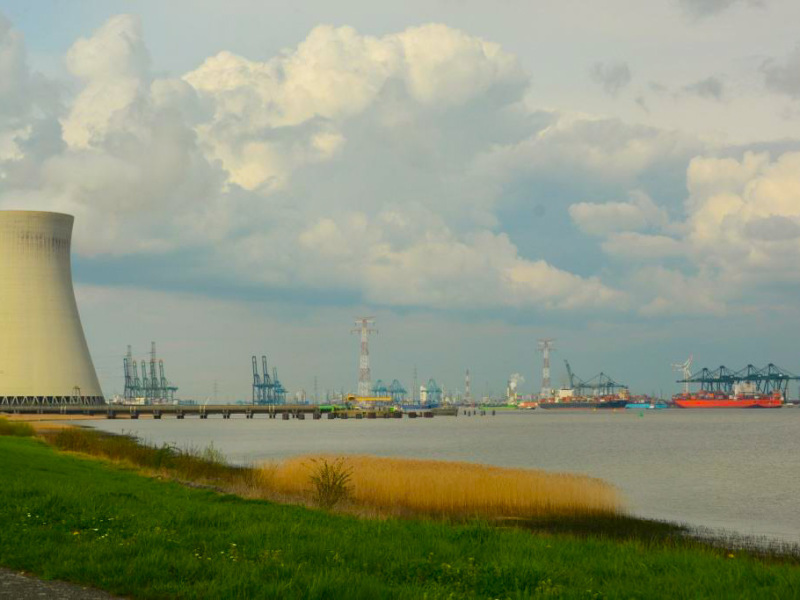IMMI2
08.6
From 2009 to 2011
TML and TNO analysed air quality along Flemish waterways and in ports. The study included emission calculations based on EMMOSS and used a Gaussian Plume dispersion model to calculate concentrations of NO2, PM10, and PM2.5, with results presented in GIS maps visualising the contribution of shipping and exceedances of limit values.
A follow-up study to the 2004 IMMI study was conducted in 2009 - 2011. Transport & Mobility Leuven, in collaboration with the Dutch TNO, carried out Lot 3 of this follow-up study.
In Lot 3, air quality was calculated for Flanders along waterways and in ports. The calculations were based on emission data from the EMMOSS model, but this study further refined the geographical distribution of emission data. Three scenarios were considered in this study: a reference scenario (for 2010, 2015 and 2020), a Europe scenario based on the MIRA-S 2009 Europe scenario (for 2015 and 2020), and a scenario taking into account marine and inland navigation measures (for 2015).
Based on the calculated emissions, concentrations of NO2, PM10, and PM2.5 were calculated with a Gaussian plume dispersion model (“Pluim Vaarweg”), and up to 600 m from the edges of the waterway. The contribution of shipping, total concentrations (contribution shipping + background), and exceedances of limit values were presented in the form of GIS maps.
A follow-up study to the 2004 IMMI study was conducted in 2009 - 2011. Transport & Mobility Leuven, in collaboration with the Dutch TNO, carried out Lot 3 of this follow-up study.
In Lot 3, air quality was calculated for Flanders along waterways and in ports. The calculations were based on emission data from the EMMOSS model, but this study further refined the geographical distribution of emission data. Three scenarios were considered in this study: a reference scenario (for 2010, 2015 and 2020), a Europe scenario based on the MIRA-S 2009 Europe scenario (for 2015 and 2020), and a scenario taking into account marine and inland navigation measures (for 2015).
Based on the calculated emissions, concentrations of NO2, PM10, and PM2.5 were calculated with a Gaussian plume dispersion model (“Pluim Vaarweg”), and up to 600 m from the edges of the waterway. The contribution of shipping, total concentrations (contribution shipping + background), and exceedances of limit values were presented in the form of GIS maps.


